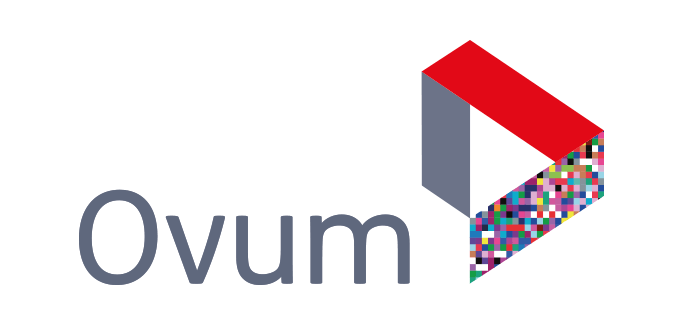Once implemented, service providers can use customer interaction analytics to not only manage customer complaints, but to take real-time and proactive action in managing the overall customer experience, as well as operational metrics. Some of the benefits for service providers that have implemented customer interaction analytics includes:
- Reduce customer service calls
Service providers can use customer interaction analytics solutions for proactive management of the customer experience. By collating the data, service providers can then find trends in customer sentiment versus trigger words used throughout the conversation. This information can then be used to add a "helpful tips" section to bills, add a FAQ section to the service provider's website, update community pages, and other communications sent to customers. By using customer interaction analytics to provide self-service and helpful tips, service providers can empower customers to resolve and prevent issues from occurring and help reduce the number of calls and interactions with the contact center. - Prevent customer churn
Customer interaction analytics can also be used to provide real-time management of the customer experience. Service providers should integrate the customer interaction analytics solution with the existing CRM platforms. Alerts can then be created in the system to alert agents when a customer mentions a word or phrase that can be linked to customer dissatisfaction. At which point, service providers can provide agents with steps to follow to diffuse the situation or can guide the agent to escalate the call to an advanced-skilled agent or a supervisor. - Find new revenue opportunities
Similarly, service providers can create real-time triggers that will help agents to make more effective upsells to customers. By analyzing the interactions in real-time, service providers can use historical data derived from customer interaction analytics and compare it against billing data and customer profiles, to create tailored upsells in real-time. Service providers can use an agent alert system to generate pop-ups with suggested services and packages that the agent can upsell, based on phrases or words that a customer mentioned throughout the interaction. - Improve agent training
Based on trends and historical information gathered from the analytics solution, service providers can review calls and identify trends among agents with a high rate of calls where customers used terms consistent with customer dissatisfaction. This will allow supervisors and management to provide more guidance and training on how agents can better handle these types of calls. Service provider can also use this information to improve the on-boarding training process for new hires, as well as develop supplemental training that focuses on how to best de-escalate a call, how to upsell, and more, to improve agent effectiveness and efficiency.
In the blog post "Recommendations for deploying customer interaction analytics", Aphrodite Brinsmead offers further advice for enterprises that are investing in customer interaction analytics solutions.
To download the full OVUM report, click here



